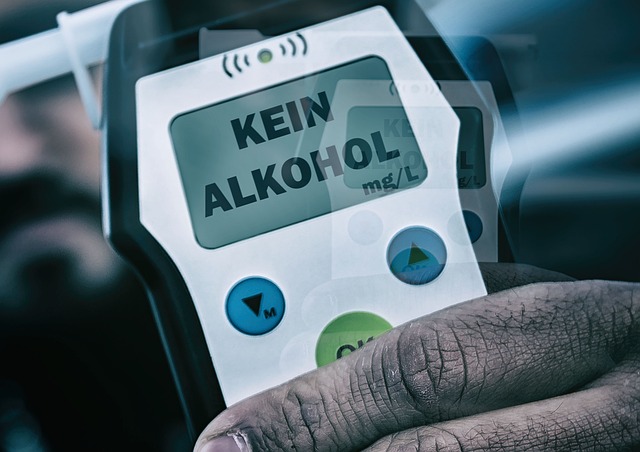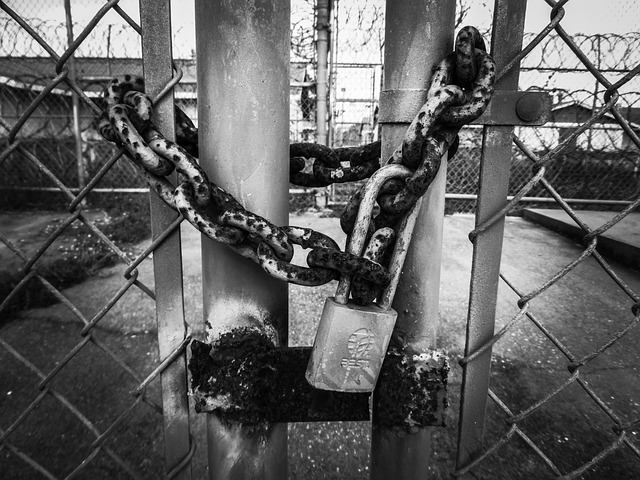Technology integration in law enforcement boosts DUI prevention through advanced tools like breathalyzer apps and AI facial recognition, increasing accuracy and response times. This influences insurance practices as companies use tech data to assess risk and adjust premiums for DUI offenders. Data-driven assessments lead to tailored policies based on individual profiles, with lower rates for clean drivers and higher rates for repeat offenders. Embracing technology enhances law enforcement capabilities, improves resource allocation, and ensures safer communities. Insurance rate adjustments post-DUI are crucial for adapting to new risks like autonomous vehicles, fostering responsible risk management and encouraging the adoption of safer technologies.
In an era where technology is rapidly reshaping society, understanding its role in driving under the influence (DUI) prevention is crucial. This article explores how tech solutions are future-proofing law enforcement, with a focus on insurance rate adjustments post-DUI. We delve into the impact of these innovations on DUI deterrence and the broader legal landscape, considering policy adjustments and their effectiveness. From advanced data analytics to cutting-edge surveillance tools, discover how technology is transforming DUI prevention strategies and shaping insurance market dynamics.
- Understanding Tech's Role in DUI Prevention
- The Impact on Insurance Rates: A Comprehensive Look
- Future-Proofing Strategies for Law Enforcement
- Policy Adjustments and Their Effectiveness
Understanding Tech's Role in DUI Prevention

The integration of technology in law enforcement plays a pivotal role in DUI (Driving Under the Influence) prevention, offering innovative solutions to combat impaired driving. Advanced tech tools like mobile breathalyzer apps and AI-driven facial recognition software are transforming how authorities identify and deter potential drunk drivers. These technologies not only enhance accuracy but also enable faster response times, ensuring that law enforcement officers have the resources they need to keep roads safe.
Moreover, the impact of these technological advancements extends beyond immediate DUI prevention. Insurance companies increasingly use tech data to assess risk and determine premium rates, which can result in significant adjustments for individuals convicted of DUI. By leveraging technology, both in terms of detection and subsequent insurance rate adjustments after DUI, society takes a proactive step towards reducing impaired driving incidents and promoting safer communities.
The Impact on Insurance Rates: A Comprehensive Look

The rise of technology in legal proceedings, particularly in the context of Tech Solutions for Future Proofing Law, has significant implications for insurance rates, especially for those involved in cases like DUI (Driving Under the Influence). With advanced data analytics and automated systems, insurance companies can now access detailed records and real-time data, enabling more precise risk assessments. This shift towards comprehensive data analysis leads to more accurate Insurance Rate Adjustments after DUI incidents.
Previously, insurance rates were often determined by limited personal information and basic statistical models. Now, with tech solutions, insurers can consider numerous factors, including driving history, location, vehicle type, and even individual health records (where permitted). This enhanced data collection and analysis result in more tailored insurance policies and rate adjustments. Consequently, those with clean driving records may see reduced rates, while repeat offenders like DUI victims might face higher premiums, reflecting the increased risk associated with their behavior.
Future-Proofing Strategies for Law Enforcement

To future-proof their operations, law enforcement agencies must adopt tech solutions that enhance efficiency and effectiveness. One such solution is the integration of advanced data analytics to predict crime patterns, allowing officers to proactively deploy resources. This proactive approach can significantly reduce response times and prevent potential crimes, ultimately improving public safety.
Additionally, leveraging technology in training programs ensures that officers are equipped with the latest skills to handle emerging threats. For instance, implementing virtual reality (VR) simulations for DUI training can provide a dynamic and immersive learning experience. This innovative approach not only improves recall but also prepares officers to navigate complex situations involving drunk driving, which is crucial given the ongoing challenges posed by Insurance Rate Adjustments after DUI.
Policy Adjustments and Their Effectiveness

Policy adjustments play a pivotal role in future-proofing the legal landscape, especially regarding tech solutions and their impact on industries. One notable example is the evolution of insurance rate adjustments post-DUI (Driving Under the Influence). As technology advances, autonomous vehicles emerge as a game-changer. Traditional insurance models may not adequately cover self-driving car accidents due to unique factors like software glitches or sensor failures. Insurers must adapt by adjusting rates and policies to account for these emerging risks. Such adjustments ensure that policyholders are protected under evolving conditions.
These changes are essential to maintaining fair and effective legal protection. For instance, insurance rate adjustments post-DUI consider advanced driver-assistance systems (ADAS) and their role in accident prevention. Policies can incentivize the adoption of safer technologies by offering discounts or tailored coverage for vehicles equipped with ADAS features. This proactive approach not only future-proofs legal frameworks but also encourages a more responsible and tech-driven approach to risk management.
As we peer into the future of law enforcement, embracing technology is no longer an option but a necessity. The discussed strategies and policy adjustments offer a roadmap for keeping up with evolving tech while ensuring public safety. By leveraging innovations in DUI prevention, insurance rate adjustments can become more precise and fair, reflecting genuine risk. Law enforcement agencies that adopt these tech solutions will be better equipped to navigate the ever-changing legal landscape, ultimately leading to more effective crime reduction and improved justice outcomes. This proactive approach is crucial in staying ahead of the curve, especially with the rapid pace of technological advancements.






